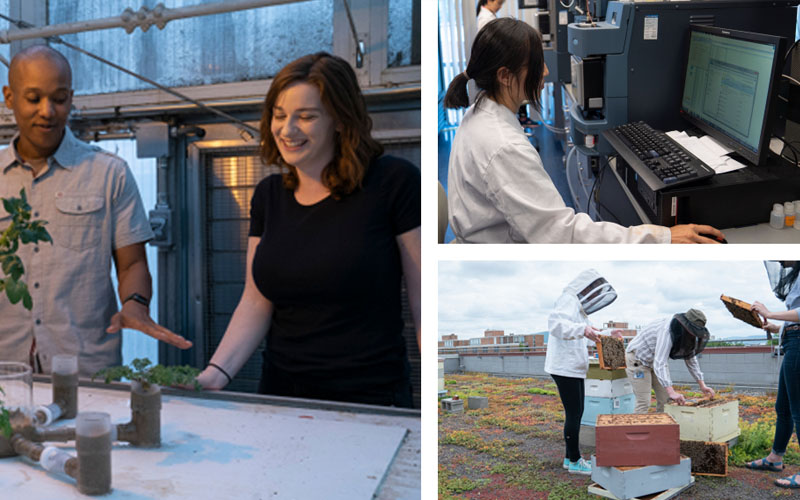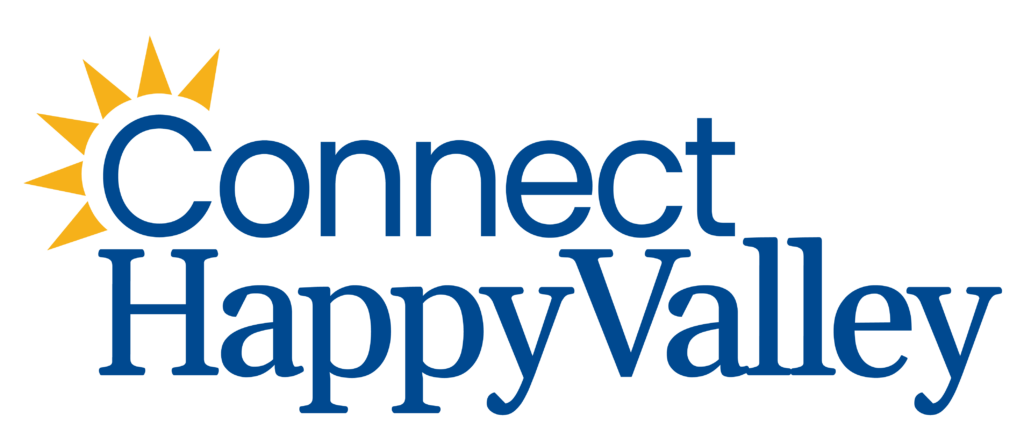By Holly Riddle

One might expect researchers across a single university to collaborate on a regular basis, regardless of expertise or department, but in truth, it often isn’t the case. Penn State is a notable exception — interdisciplinary research is one area where the university really shines. This fact was highlighted in a 2020 study on interdisciplinary research across the U.S. This recognition came, in large part, from the activities of the Huck Institutes of the Life Sciences at Penn State. A large part of this impact comes from Huck’s shared instrumentation (core) facilities.
Nigel Deighton came to Penn State more than a decade ago and is now the director of research instrumentation at The Huck Institutes of the Life Sciences. There, he oversees operations of 12 state-of-the-art core facilities that are essential for the Huck Institutes to fulfill its mission of building interdisciplinary research teams that are designed to solve the greatest challenges facing humanity.
“We want collaborative biologists to work with chemists and chemists to work with engineers,” he said. “We believe that big-picture questions, like solving malaria, will involve engineers, chemists, biochemists, social scientists and more. That’s the ethos behind the Huck Institutes.”
If you consider the most exciting research areas, we have scientists making contributions [in those arenas].
That Penn State has been able to accomplish this collaborative process is, in part, thanks to leadership, Deighton added, but Penn State’s scale and breadth of expertise are also a factor.
“If you consider the most exciting research areas, we have scientists making contributions [in those arenas]. Regenerative medicine, infectious diseases research, agricultural sustainability, neuroscience, resistance evolution, etc. We were quick off the mark at the beginning of [the Covid-19] pandemic. We worked on the production of the first diagnostic tests in one of our core facilities, and very quickly generated the spike protein from the offending virus, which is used in diagnostic applications,” he said.
Just like Huck’s approach to research of interdisciplinary collaboration helps drive industry interest and impact of its work from local to global, Deighton also noted that this collaboration adds to his personal enjoyment of his job as well.
“It’s the diversity,” he said when asked about his favorite part of his work. “It’s not having a clue what’s going to come in the door next and having to adapt to a hundred different situations that crop up.”
“There’s a lot of interest and money”
As an example of the scale of impact, in the last year alone, Huck’s facilities have been used by around 900 individuals representing approximately 350 research labs. Faculty, graduate students and even undergraduate students visit the facilities for research, training, internships and other opportunities. However, it’s not just those in academia who find value in the wealth of innovation occurring within Huck; industry also frequently calls upon Huck resources and research expertise.
“There are multiple examples where that is the case,” Deighton explained. “Gamma Biosciences has worked with the Huck for many, many years. One of their progenitor companies, BioMagnetic Solutions, uses our flow cytometry facility. We also are able to work with companies who need our facilities for scale-up fermentation and mammalian cell culture products. There’s a lot of interest from industry from both a discovery and a training perspective.”
We’ve achieved so much, but there’s so much more to achieve and, with the support that we receive, all the way from the [university] president onwards, great things are ahead.
That said, Deighton sees even more opportunity for maximizing touch points within industry, and mentioned that workforce development is also a priority at the Institutes.
“We hear from our partners in biotech that the skilled workers they need are just not there,” he said. “They would like people that are not just book smart or that spent lots of hours in the classroom, but people that have spent a lot of hands-on time with the cutting-edge equipment being used in industry.”
Overall, there’s nothing but positivity on Deighton’s part for the future of Penn State research as a whole. Already, Penn State ranks consistently as one of the best research universities in the country, with seemingly unending support for continued growth.
“We’ve achieved so much, but there’s so much more to achieve and, with the support that we receive, all the way from the [university] president onwards, great things are ahead,” Deighton summed up.

